 Get a quote
Get a quote
Discover essential tips for optimising lead times in precision machining, including effective design practices and alternative buying methods. Learn how Penta Precision can streamline your CNC machining projects for faster delivery and improved efficiency.

This article sets out the practical pros and cons of both routes — not to persuade you one way or the other, but to help you weigh up what fits your business best.
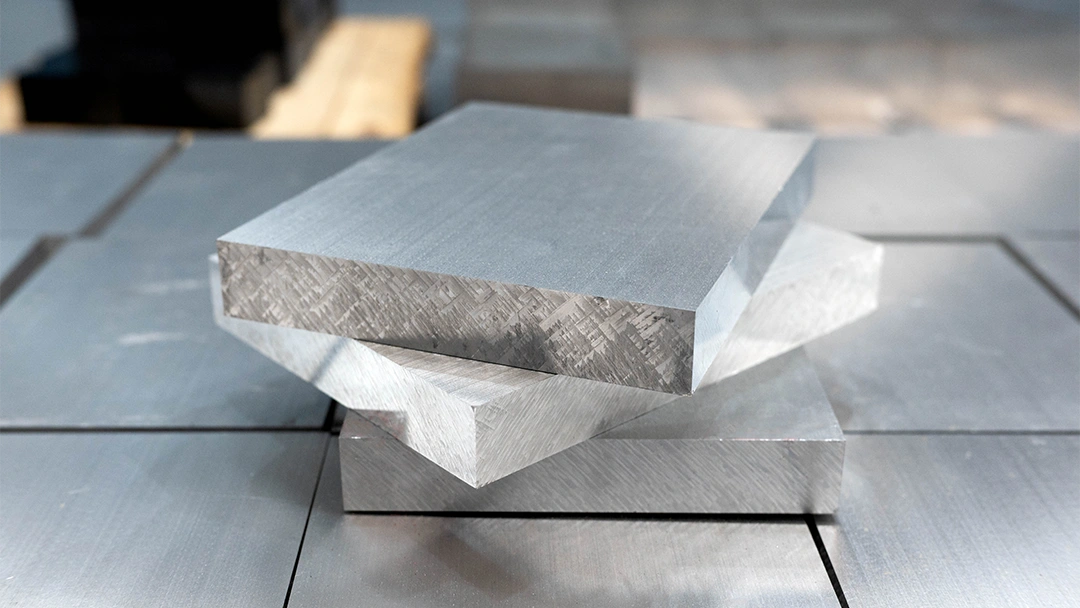
This guide breaks down aluminium vs stainless steel to help you make a confident, cost-effective material choice.

Compare aluminium vs titanium for precision machining. Learn key differences in strength, weight, heat resistance, and machinability to choose the right material.

JOSCAR (Joint Supply Chain Accreditation Register) is a supplier accreditation system used by the aerospace, defence, and security sectors to verify that companies meet the required standards for compliance, quality, and business practices.
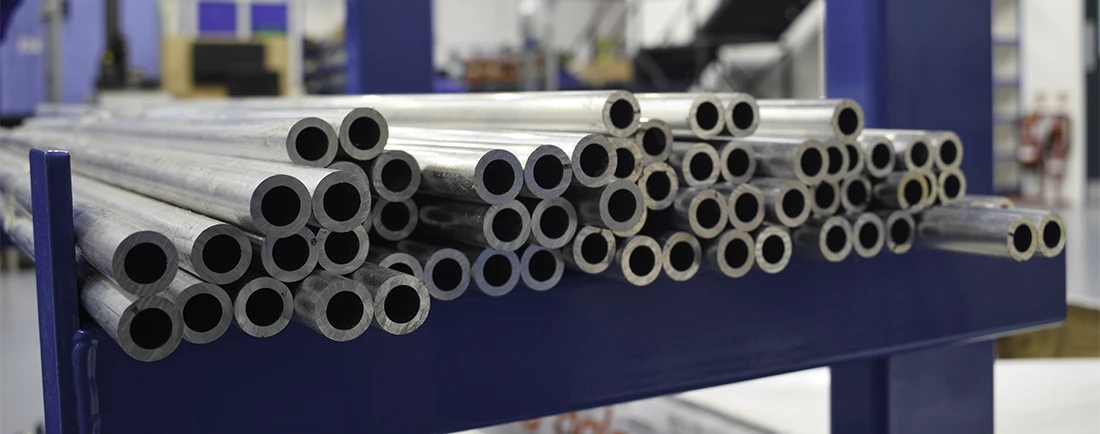
Learn when to use plastic vs metal for CNC machining. Compare strength, heat resistance, cost, and performance to choose the right material for your project.
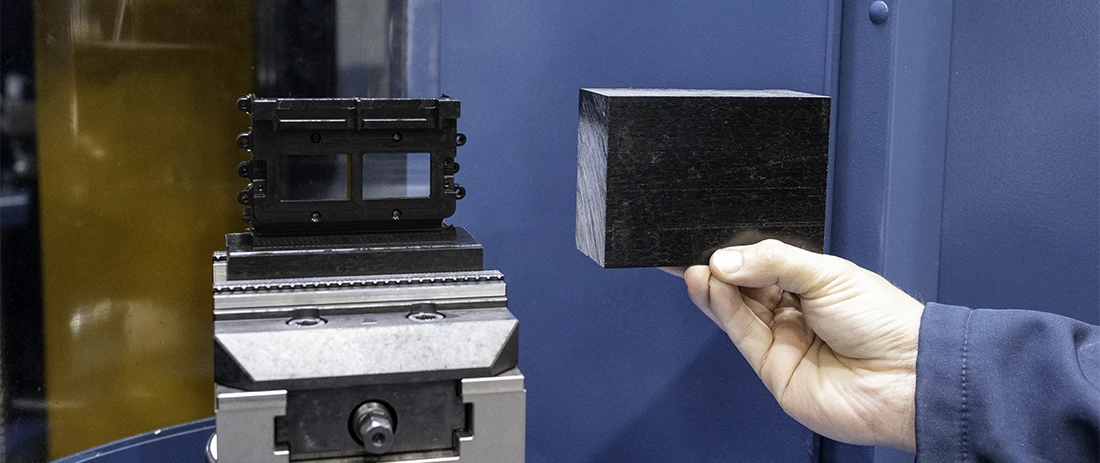
Compare Delrin vs Nylon for CNC machining. Learn key differences in strength, heat resistance, stability, and cost to select the best material for your project.

We closely follow our core values, or our '3 Uniques', to help move the business forward and deliver the best quality for our customers. Find out more in this short video.

Discover the key differences between ABS and polycarbonate, including strength, heat resistance, cost, and applications, to choose the right material for your project.
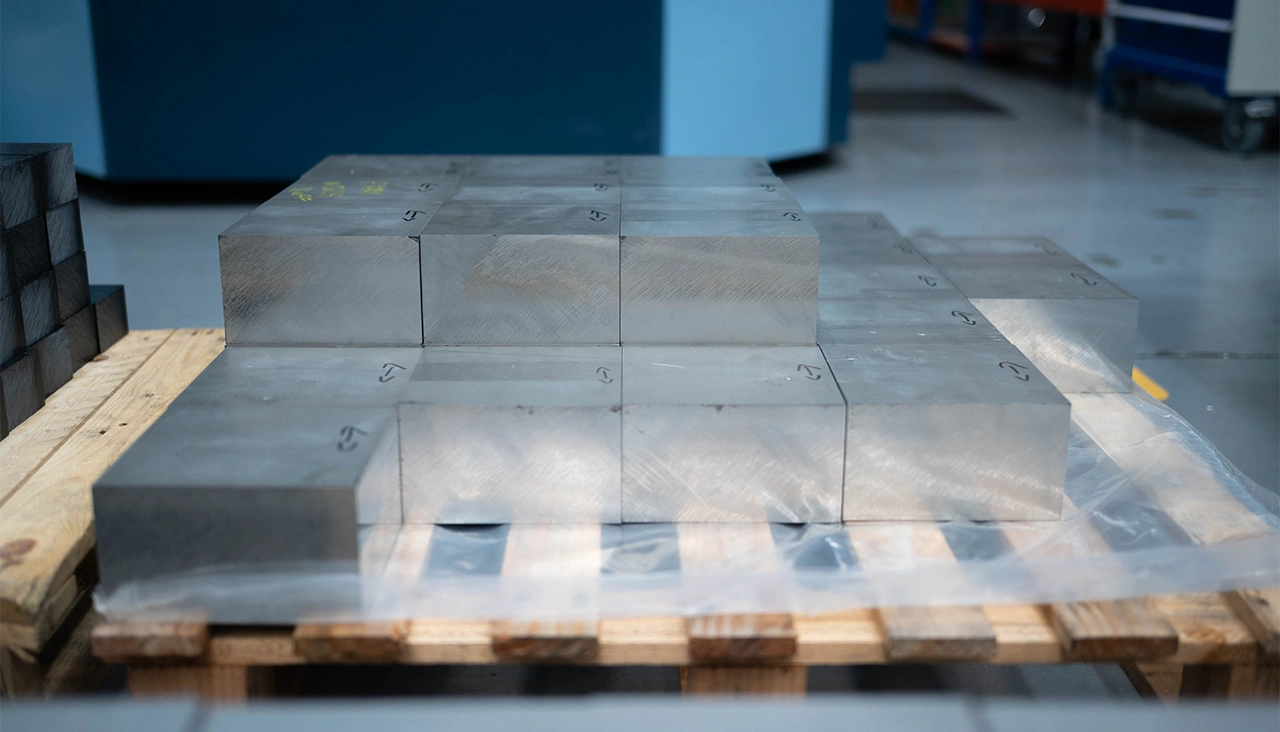
This guide will help you compare titanium vs stainless steel in the areas that matter most.
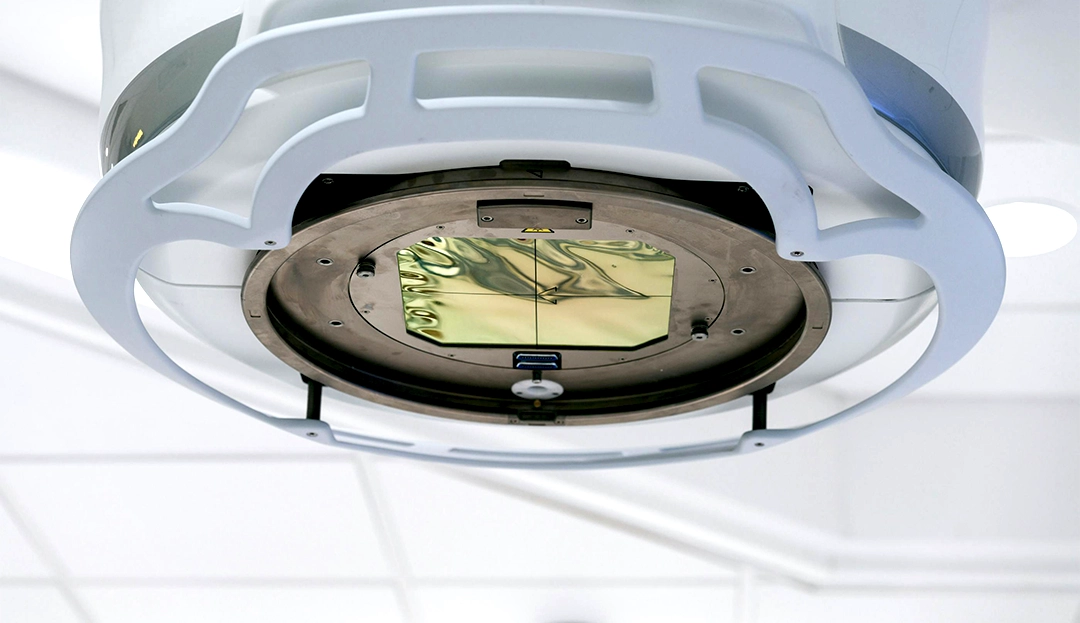
Learn how CNC machining ensures the precision, safety, and consistency required for high-stakes medical imaging components.
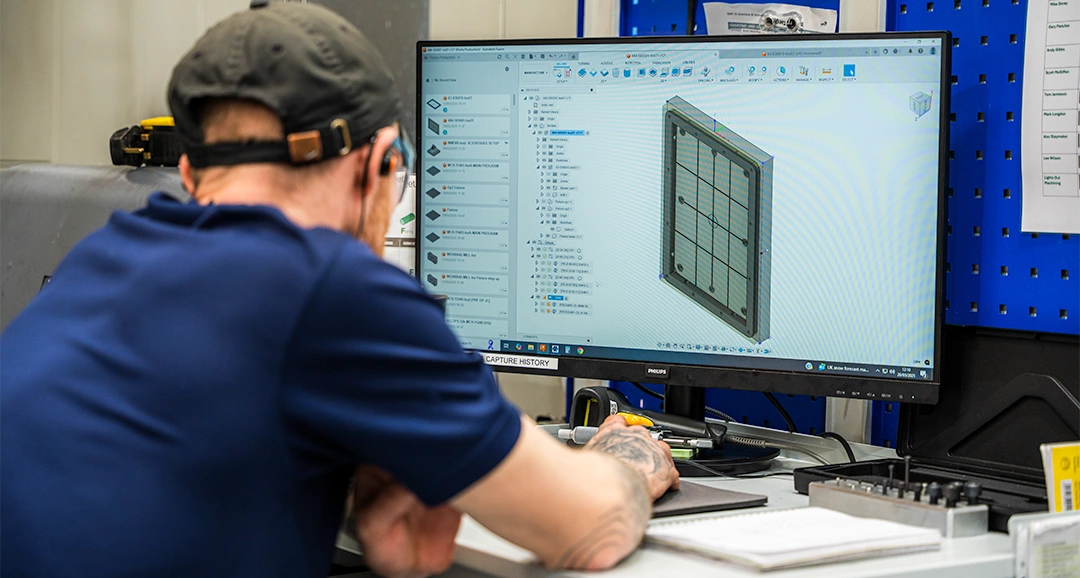
This guide will help you get the most out of CAD machining, making your CNC projects smoother and more successful.
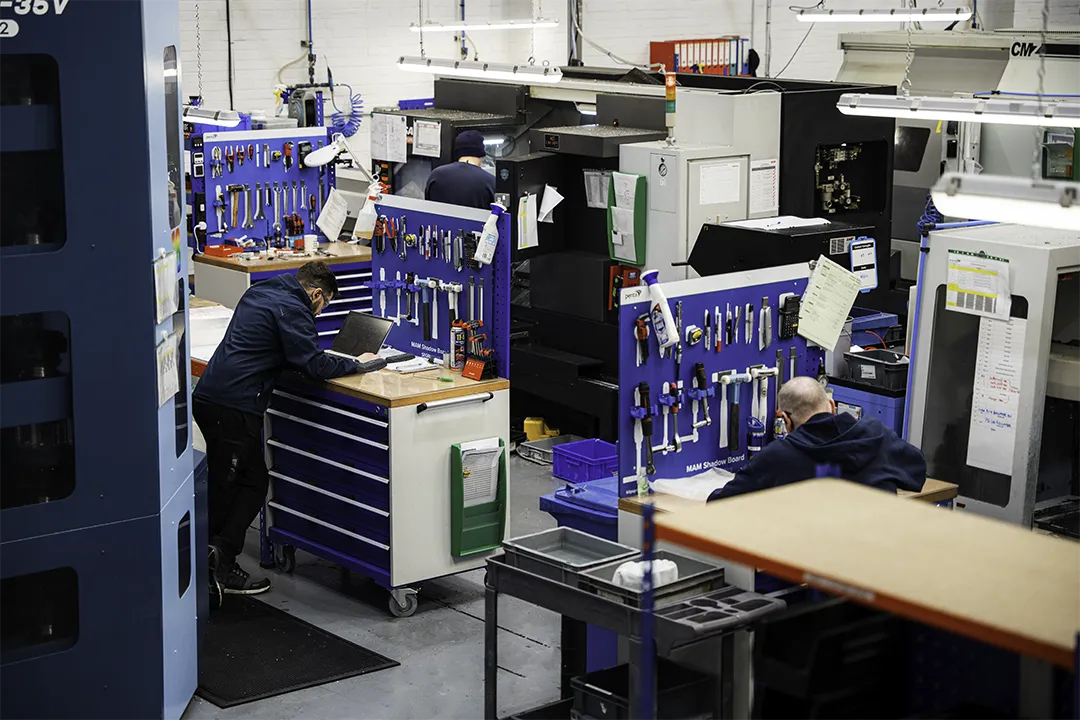
Check out the variety of machines we use to CNC machine metals and engineering plastics.